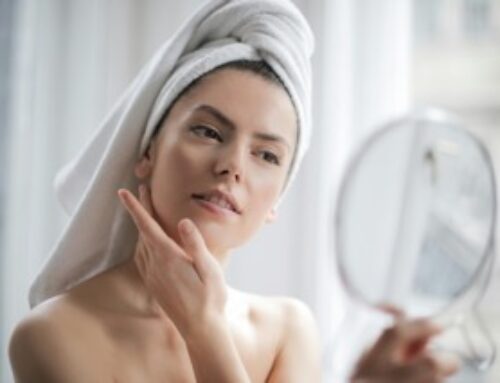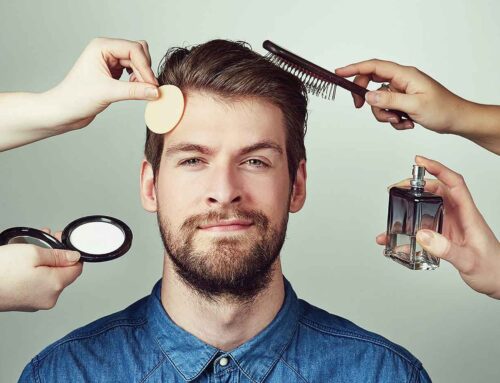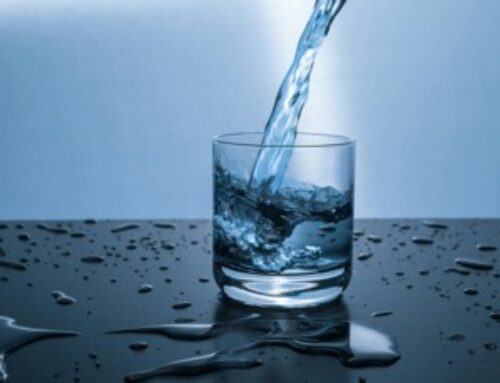In recent years, male skincare has transformed from a niche market into a booming industry, with more men embracing grooming routines and investing in premium products. What was once a simple regimen of soap and water has evolved into a sophisticated, multi-step routine. Let’s dive into the factors driving this surge in male skincare and what it means for the beauty and grooming industry.
A Significant Increase in Skincare Usage
A major catalyst for the growth in male skincare is a cultural shift in how men perceive grooming and self-care. According to research from Mintel, a leading market research firm that tracks consumer behavior, more than half of U.S. men (52%) are now using facial skincare products, representing a 68% increase from 2022, with Gen Z men leading this change.
Alongside the rising usage of skincare products, there has also been a shift towards premium and clean beauty. Men are no longer content with basic, mass-market products; they are increasingly opting for higher-end, ingredient-focused solutions. Over 42% of men aged 18-34 report purchasing premium facial moisturizers, while 46% consider clean ingredients a priority.This aligns with broader beauty trends, where consumers are seeking transparency, safety, and efficacy in the products they use.
The Power of Social Media and Influencers
Social media platforms like TikTok and Instagram have played a crucial role in normalizing skincare for men. Hashtags like #menskincare and #mensgrooming have garnered millions of views, as influencers and everyday users alike share their routines and recommend products. This surge in visibility has broken down the stigma around male grooming, making it more acceptable—and even trendy—for men to care about their skin.
Brands like The Ordinary and CeraVe have recognized the shift in male skincare, rising in popularity with their gender-neutral, effective formulations. By focusing on simple, no-frills products free from gendered marketing, these brands appeal to a diverse range of consumers. Their minimalist approach has been especially successful with younger men, who are increasingly seeking solutions for common concerns such as acne, redness, and hyperpigmentation.
Dermatologists and skincare brands alike are capitalizing on this growing interest, educating men on the benefits of tailored skincare routines. More men are now viewing skincare not just as a means to improve their appearance but as an essential component of overall wellness, leading to the increased adoption of facial oils, anti-aging serums, and cleansers
A Booming Market with Room to Grow
The global male grooming market is projected to be worth $115 billion by 2028, up from nearly $80 billion in 2022. This impressive growth is driven by changing perceptions of masculinity, with more men embracing self-expression and self-care without the fear of judgment. From basic cleansers and moisturizers to advanced treatments like retinol serums and anti-aging creams, men are investing in their skin in unprecedented numbers.
With younger generations driving the demand for personalized, premium skincare products, the industry shows no signs of slowing down. Brands that focus on clean, effective ingredients, and those that foster an inclusive approach to grooming, are poised to benefit the most from this cultural shift.
The rise of male skincare is more than just a trend—it reflects a broader cultural change in how men view self-care and grooming. With a growing number of men investing in skincare routines, seeking premium products, and turning to social media for advice, the male skincare market is set to continue its upward trajectory. As societal norms evolve, so too will the skincare routines of men across the globe, signaling a new era of inclusive beauty and grooming.
Sources:
- “68% Increase in Male Skincare Usage: What’s Driving the Surge?” by Cassandra Stern. cosmeticsdesign.com
- “Top Trends in Men’s Skincare in 2024″ euromonitor.com
- “Male Grooming is Booming. Here’s Why” by Teo van den Broeke. cnn.com
- “More than Half of US Men Now Use Facial Skincare—a 68% Increase from 2022″ by Carson Kitzmiller. mintel.com





